Barberry Bush Pruning: Expert Guide
Introduction
Barberry bushes are a delightful addition to any garden. With their vibrant foliage and charming berries, they provide both beauty and functionality. However, for them to thrive and remain healthy, proper maintenance is essential, and that’s where barberry bush pruning comes into play. In this article, we will delve into the ins and outs of barberry bush pruning, covering everything from when and how to prune, to post-pruning care. By the end, you’ll be well-equipped to keep your barberry bushes looking their best.
Why Prune Barberry Bushes?

Before we dive into the specifics of barberry bush pruning, let’s explore why it’s so important. Pruning helps maintain the shape and size of the bush, promotes new growth, and removes dead or diseased branches. This not only enhances the visual appeal of the plant but also improves its overall health. Furthermore, barberry bushes can become quite dense over time, leading to poor air circulation, which can foster diseases. Regular pruning can mitigate these issues and keep your plants thriving.
Types of Barberry Bush
Understanding the different types of barberry bushes can help you choose the right care methods. The two most common types are:
- Japanese Barberry (Berberis thunbergii): Known for its vibrant fall color and small size, this type is popular for hedges and borders. It typically grows between 3 to 5 feet tall and is known for its thorny branches.
- Common Barberry (Berberis vulgaris): This species is taller, reaching up to 8 feet, and produces edible berries. It has a more substantial structure and is often used for larger landscaping projects.
Both types can benefit from regular barberry bush pruning, but understanding their growth habits will help you tailor your pruning techniques accordingly.
When to Prune Barberry Bushes
The best time for barberry bush pruning is during late winter or early spring before new growth begins. This timing allows you to assess the bush’s structure and make necessary cuts without disturbing any active growth. However, if you notice any dead or diseased branches, it’s wise to remove those immediately, regardless of the season. Early spring is particularly ideal because it encourages robust growth, ensuring your barberry bush looks vibrant and healthy throughout the growing season.
Step-by-Step Guide to Pruning Barberry Bushes
Let’s break down the barberry bush pruning process into manageable steps. With the right approach, you can effectively prune your bushes and enjoy their beauty for years to come.
1. Gather Your Tools
Before you start, gather the necessary tools for the job. You’ll need:
- Pruning shears: For smaller branches and fine detail work.
- Loppers: Ideal for thicker branches that are too large for pruning shears.
- Hand saw: Useful for removing very thick stems.
- Gloves: Barberry bushes are known for their thorns, so protect your hands!
2. Assess the Bush
Take a moment to observe the overall shape and health of your barberry bush. Look for areas that are overcrowded or have dead or diseased branches. This assessment will help you determine which branches to remove during the pruning process.
3. Start with Dead or Diseased Wood
Begin your pruning by cutting out any dead, damaged, or diseased branches. This step is crucial as it prevents the spread of disease and promotes healthy growth. Make cuts at the base of the affected branches, ensuring you do not leave any stubs.
4. Shape the Bush
Next, focus on shaping the bush. Aim for an open, airy structure to enhance air circulation. Remove any crossing branches or those growing inward. You want to maintain a balanced shape while ensuring that sunlight can reach the center of the bush.
5. Cut for Size
If your barberry bush has outgrown its space, trim it back to control its size. However, be careful not to remove more than one-third of the plant at a time. This helps reduce stress on the bush and encourages healthy regrowth.
6. Clean Up
After pruning, clean your tools to prevent the spread of disease. This step is especially important if you pruned diseased wood. Use a solution of one part bleach to nine parts water to disinfect your tools before storing them away.
Different Ways to Prune Barberry Bushes
While the step-by-step guide provides a basic approach, there are different techniques you can employ for barberry bush pruning. Here are a few methods to consider:
Thinning Prune
This technique involves selectively removing branches to reduce density. It’s especially useful for older barberry bushes that have become too thick. Thinning not only improves air circulation but also encourages healthier new growth.
Topping
Topping involves cutting back the main branches to reduce height. This method should be used sparingly, as it can lead to an unbalanced appearance if done excessively. Aim to maintain the bush’s natural shape and structure.
Rejuvenation Pruning
For overgrown or neglected barberry bushes, rejuvenation pruning can be an effective approach. This involves cutting the bush back significantly, often to within a foot of the ground. While this method may seem drastic, it stimulates vigorous new growth and can revive an unhealthy plant.
Caring for Barberry Bushes After Pruning
After barberry bush pruning, proper care is crucial for encouraging new growth and maintaining the plant’s health. Here are some essential tips:
Watering
Immediately after pruning, ensure your barberry bush receives adequate water. New growth requires moisture, especially in the early stages. However, be cautious not to overwater, as barberry bushes prefer well-drained soil. If you’re unsure how to provide the right moisture, consider looking into a DIY plant watering bottle for a consistent watering solution.
Mulching
Applying a layer of mulch around the base of the bush can help retain moisture and suppress weeds. Choose organic mulch, such as shredded bark or wood chips, to enrich the soil as it breaks down.
Fertilizing
While barberry bushes are generally low-maintenance, a little fertilizer can help promote healthy growth after pruning. Use a balanced fertilizer in early spring to give your bushes a nutrient boost. Be sure to follow the package instructions for application rates. For best results, consider using how to use worm castings as a natural fertilizer for your plants. This will enrich the soil without the risk of over-fertilization.
Winter Care for Barberry Bushes
Taking care of your barberry bushes during winter is just as important as pruning in spring. Here’s how you can prepare them for the colder months:
Protecting Against Cold
If you live in an area with harsh winters, consider wrapping the base of the bushes with burlap or using frost cloth to provide some insulation. This is especially beneficial for younger plants that are still establishing their root systems.
Watering Before Frost
Make sure to water your barberry bushes thoroughly before the ground freezes. This will help them retain moisture throughout the winter months. Adequate moisture can prevent winter desiccation, a common problem that affects many plants during cold weather.
Pruning Before Winter
While it’s best to prune in early spring, if your bushes have any dead or damaged branches, don’t hesitate to remove them before winter sets in. This helps reduce the risk of winter injury.
Barberry Bush After Care
Once you’ve completed your barberry bush pruning, it’s essential to follow up with proper care. This will help ensure your plants remain healthy and vibrant throughout the growing season.
Regular Inspections
Keep an eye on your barberry bushes after pruning. Look for signs of stress or disease, such as yellowing leaves or wilting. Early detection allows you to address issues before they become severe.
Pest Management
Be proactive about pest management by checking your plants regularly. Common pests that may affect barberry bushes include aphids and spider mites. If you notice an infestation, research natural pest control methods or consider introducing beneficial insects to your garden.
Seasonal Maintenance
As the seasons change, your barberry bushes will have different needs. Be sure to adjust your watering and fertilization practices based on the time of year. For example, during the heat of summer, your bushes may require more frequent watering to combat stress.
Companion Planting
Consider planting companion plants around your barberry bushes to enhance their health and beauty. Some suitable options include perennials that thrive in similar conditions. They can help provide shade, reduce weed competition, and enhance the overall look of your garden.
Conclusion: The Joy of Barberry Bush Pruning
Barberry bush pruning is an essential practice that maintains the shape and size of your plants while promoting their overall health. By mastering the right techniques and timing, you can ensure your barberry bushes remain vibrant and beautiful throughout the seasons. A well-pruned bush adds visual interest to your garden and encourages healthy growth, allowing you to enjoy their stunning color variations and berries.
Pruning goes beyond mere maintenance; it’s an opportunity to connect with your garden. Each cut serves a purpose, whether it’s removing dead wood or shaping the bush. The satisfaction of seeing your barberry bushes thrive after a careful pruning session is incredibly rewarding.
Regular pruning also creates a thriving ecosystem in your garden. Healthy barberry bushes attract beneficial insects, contributing to a balanced environment. By staying attentive to your plants’ needs and incorporating practices like seasonal inspections and proper fertilization, you can ensure they flourish for years to come.
In summary, barberry bush pruning is a fulfilling aspect of gardening that enhances your outdoor space. So, grab your tools, embrace the art of pruning, and watch your garden transform. Happy gardening!


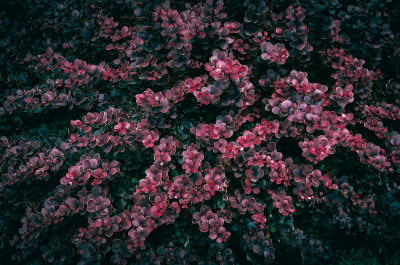

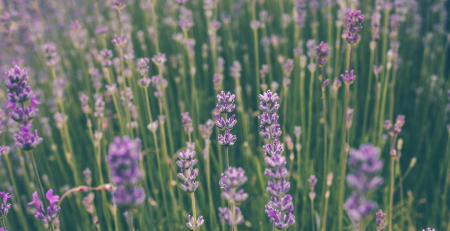
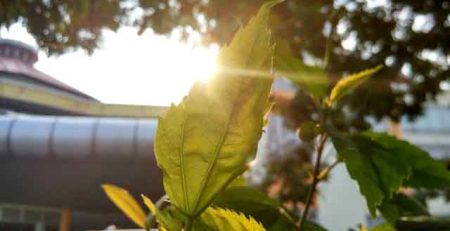
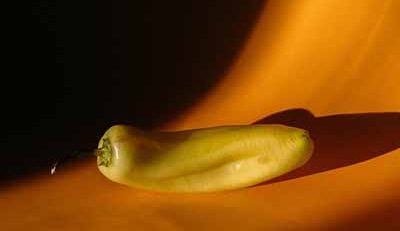
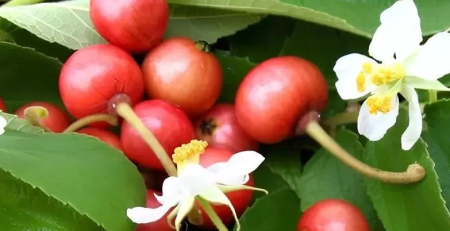

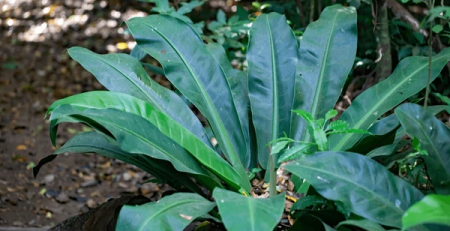
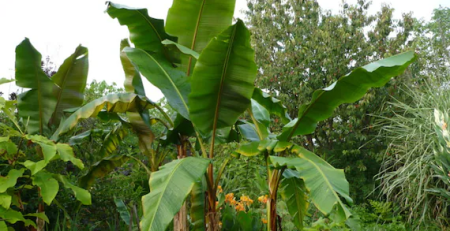
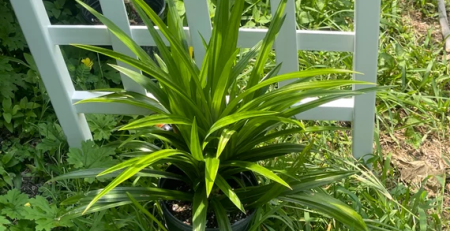
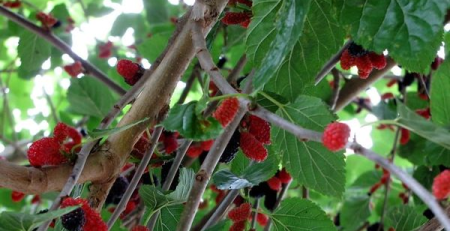
Leave a Reply